Rhodolite: what is it, varieties and properties
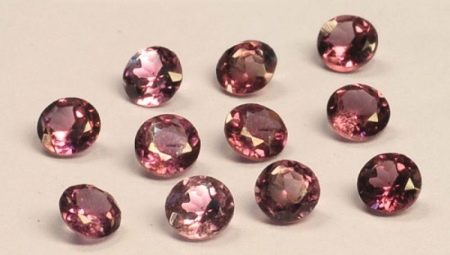
Incredibly beautiful pinkish-purple, slightly transparent, like fortified wine, rhodolite is a stone that is pyrope. And the mineral pyrope is a crystal that belongs to the group of garnets.
The history of the crystal goes back to antiquity. Translated from Greek, rhodolite is a "pink stone".
According to the myth, the ancient Greek god of the ocean Poseidon had a daughter - Rhoda. A beautiful girl fell in love with the sun god Helios. The passion was mutual and loving hearts united. However, every day Helios got into a chariot and left to ride across the sky. The faithful nymph remained on earth to wait for her beloved. Rhoda knew that Helios would definitely return in the evening, but she yearned for a dear friend. Tears flowed from the eyes of the beauty, and if they fell into the soil, roses grew, and if they fell on the stones, they froze in the rock with a purple tear. So, according to an ancient Greek legend, rhodoliths appeared - "pink stones", beautiful and pure, like the tears of a nymph.

It is believed that rhodolite was a favorite stone of Alexander the Great. Despite this, rhodolite was isolated as a separate mineral only in 1959. Until the middle of the last century, when the American scientist Anderson classified the mineral, rhodolite was distributed, passing off as garnet, garamantine, ruby, spinel.
In Russia, the "pink" mineral, like all representatives of the garnet group of stones, is semi-precious. Despite this, the world community of jewelers and gemologists often classifies rhodolite as a gemstone, and the price for the mineral is very high.
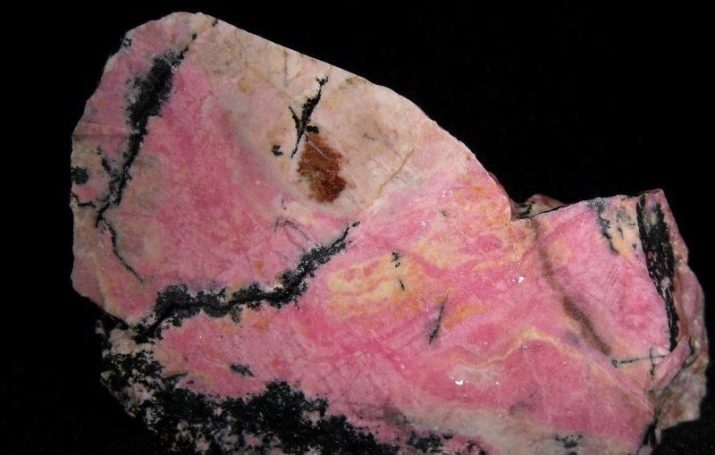
Views
The color palette of rhodolite is diverse: depending on the deposit, you can find not only pale pink, crimson, but also blood-red or even violet-purple minerals. Rhodolite has an alexandrite effect, that is, if you look at the mineral from different angles, the color of the stone will change. The color palette also changes from lighting (artificial or natural). These abilities increase the attractiveness of the stone in the eyes of jewelers. That is why the price of rhodolite is constantly growing. In the second half of the twentieth century, the price per carat of a cut mineral did not reach $ 100; by the beginning of the 2000s, prices for rhodolite had risen almost 3 times and still tend to grow.
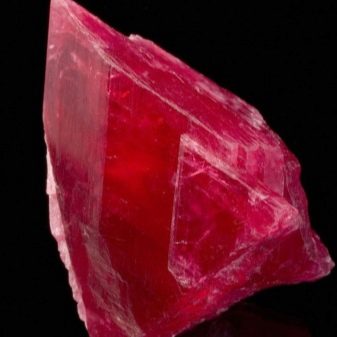

Place of Birth
As a rule, natural rhodolite crystals are found in the form of inclusions in abrasive rock. Large stones are extremely rare. Most often these are small grains of a nugget with a diameter of about 2 centimeters, casting a glass luster.
The geography of mining is extensive: these are Asian regions (Sri Lanka), Africa (Tanzania, Kenya, Zimbabwe). The "pink stone" is also found in Scandinavia, in the USA (North Carolina) and even in Russia - crystal placers can be found in the territory of Karelia. However, the northern stones are noticeably inferior to the nuggets mined in the southern regions of the globe.



Properties
Physical and chemical
Mineralogists classify the stone as aluminosilicates, since the nugget contains silicon and aluminum anions. Also, these semi-precious stones are high in magnesium and iron.
The color palette of rhodoliths ranges from pale pink to purple-crimson and violet shades. Stones with alexandrite effect can change color up to emerald green when exposed to sunlight.
Among the key physical properties, the following are worth highlighting:
- shine and transparency of the stone;
- alexandrite effect (refraction);
- high density of the mineral;
- low level of dispersion (the facets of the stone do not shimmer with a rainbow, like, for example, a diamond).
The above physical characteristics of the stone distinguish rhodolite from other minerals from the garnet family.
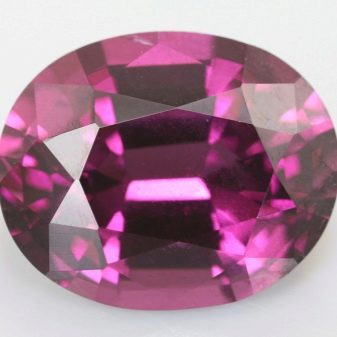
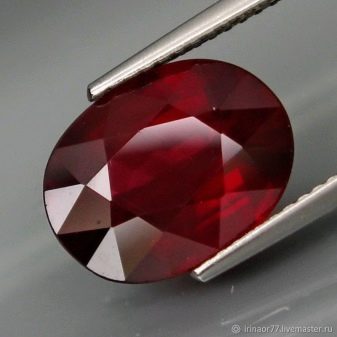
Magical and healing
Like any precious or semi-precious stone, rhodolite has magical and healing properties. A mineral can have the following magical effects on its owner:
- rhodolite has high energy and is able to transmit it to its owner;
- can help to find peace of mind and recover even in a critical situation;
- for people who have difficulty interacting with others, the mineral can help to be more open and relaxed in communicating with others;
- putting on rhodolite jewelry for a date, the chances of good luck increase - the stone helps to increase attractiveness in the eyes of the opposite sex;
- the nugget is able to show the leadership qualities of the owner and will be useful to people who hold leadership positions or strive for them;
- the magical aura of a rhodolite can help to gain restraint and foresight - to make decisions carefully and not cut from the shoulder.
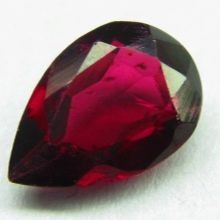


The healing properties of the mineral depend on the color of the stone. In general, it is generally accepted that rhodolite helps to fight diseases of the respiratory and internal organs, can help prevent eye problems and improve vision.
Faceted nuggets should be worn as a pendant to normalize the functioning of internal organs.
In addition, rhodolite helps to stabilize the nervous system, strengthens the immune system and protects against the effects of stressful situations. If a person is tormented by nightmares, the crystal can bring peace and tranquility to the patient's sleep, is able to fight long-term depression, helps get rid of obsessions and generally normalizes the emotional state of a person.
However, it is important to know that a stone can only exhibit healing properties through direct contact with the body. Therefore, rhodolite used for medicinal purposes must be kept in contact with the skin.
The magical properties of the stone allow you to make amulets and charms from rhodolite. The mineral awakens the senses, therefore it is recommended for purchase for couples and families whose senses are fading away. Such talismans are suitable for both men and women.
The rhodolite amulet helps the owner to make informed decisions quickly and without hesitation, it is easy to find a common language with others and business partners.
Therefore, when going to negotiations or an important interview, it is worth taking a red-pink talisman with you.
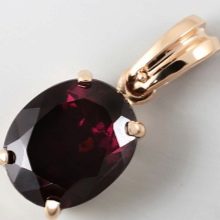

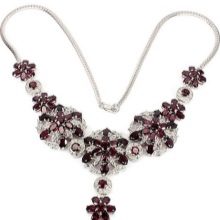
Astrological
When worn, the mineral behaves ambiguously. Rhodolite can influence the representatives of the zodiacal circle in different ways. The unique aura of the mineral appears for all butt signs, but the strongest effect can be experienced by representatives of Capricorns, Aries and Sagittarius. For people born under the listed constellations, the mineral can become a faithful assistant in life. The stone will help owners make the right decisions, sharpen the sensitivity and perception of the owner.
Rhodolite also has a beneficial effect on Lviv. In this case, the stone helps to fight the impulsiveness and irascibility characteristic of people born under the constellation of the king of beasts.



Who is it suitable for?
It is believed that in order to preserve the positive properties of the mineral, it is necessary to wear jewelry made of stone in a gold setting, an elegant necklace or large ring.
Rhodolite is a versatile stone, because its deep noble red-crimson color allows people of both sexes to use it. In men's wardrobe, the mineral is often found in the form of various accessories - rings and cufflinks.
Still, processed stones are most often used in necklaces, earrings or rings. Round cutting is very popular among rhodolite-cut jewelers. But there are also oval cut with stepped edges and even marquise (differs from the oval with oblong pointed edges).
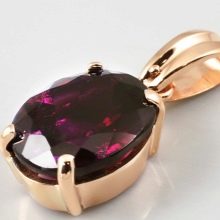
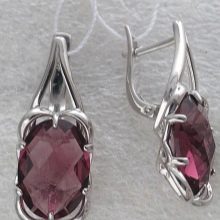
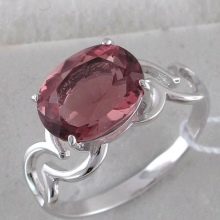
It should be noted that the author's cutting of rhodolites is extremely rare, but, as a rule, has a very high price.
For processing stones of poor quality, as a rule, cabochon cut is used (such processing makes the mineral smooth, oval, without edges).
The main parameters for determining the quality of rhodolite are the color and size of the stone, the absence of inclusions. However, it is worth noting that sometimes the imperfections of a mineral can be advantageously changed by cutting - the stone will begin to play and refract in a new way in the light of the sun's rays.
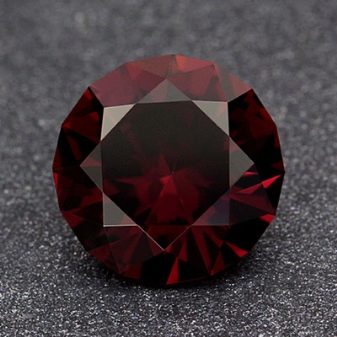

Stone care
To preserve the beauty and useful properties of rhodolite, you need to think about the proper care of the stone.
So that it does not lose its visual qualities, such as shine and deep saturated color, the stone must be refreshed with a dry, lint-free cloth, and washed once a month in soap or saline solution. To prevent damage to the stone, the solution should be at room temperature, it is better to remove dirt without pressing, not to rub the surfaces too much. After the procedure, you need to leave the stone to dry at room temperature.
Rhodolite has a strong energy that is in constant interaction with the internal energy of the owner of the mineral. The stone needs replenishment from the environment. For this, the talisman with rhodolite should be placed in natural conditions - next to flowers or grass.
However, it is worth remembering that direct sunlight will negatively affect the condition of the mineral.

How to distinguish a fake?
There are several ways to tell a fake from a real one. mineral.
- Colour... If the stone is evenly colored and does not have natural overflows, it is highly likely that it is a fake.
- Cosmetic defects. Blotches and breaks inside the stone are indicative of authenticity.
- Shine - also an indicator of naturalness.The fake mineral does not shine like the real rhodolite.
- If a large stone is encountered - do not flatter yourself. Most likely it is a fake. Large rhodoliths are extremely rare.
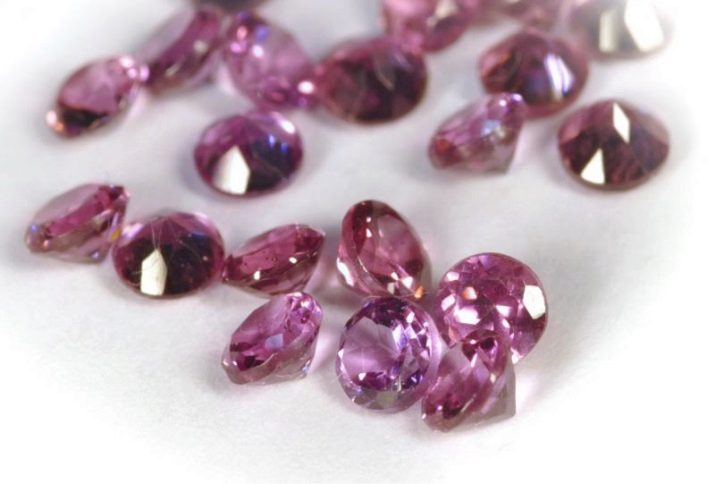
Experienced jewelers can check the authenticity of a crystal with a magnet. However, this procedure is easy to repeat at home. Typically, fake rhodolites are artfully painted glass beads. The purpose of the experiment with a magnet is to establish the presence of iron filings in the crystal structure. To do this, follow these steps:
- weigh rhodolite on special scales;
- bring the magnet at a distance of 1 cm to the mineral placed in the container;
- re-weigh the stone.
If the rhodolite is genuine, the mass of the mineral will decrease, since the stone has a magnetic attraction.
However, scientists have learned to create artificial rhodoliths. Synthetic minerals are nearly identical to their natural counterparts. It is customary for jewelers to call these analogs cyrolites or damonics. But artificial rhodoliths can perform exclusively a cosmetic function - that is, they can beautify their owners. Synthetic stones do not have the magical and healing properties of nuggets; this is worth paying attention to when buying a crystal.
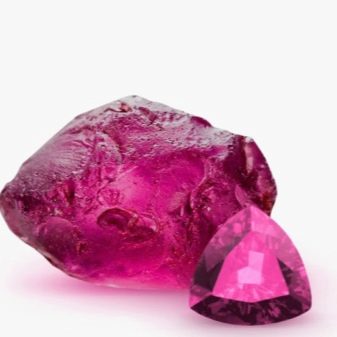
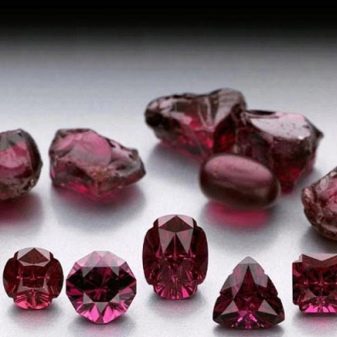
The types of pomegranates are described in the next video.








